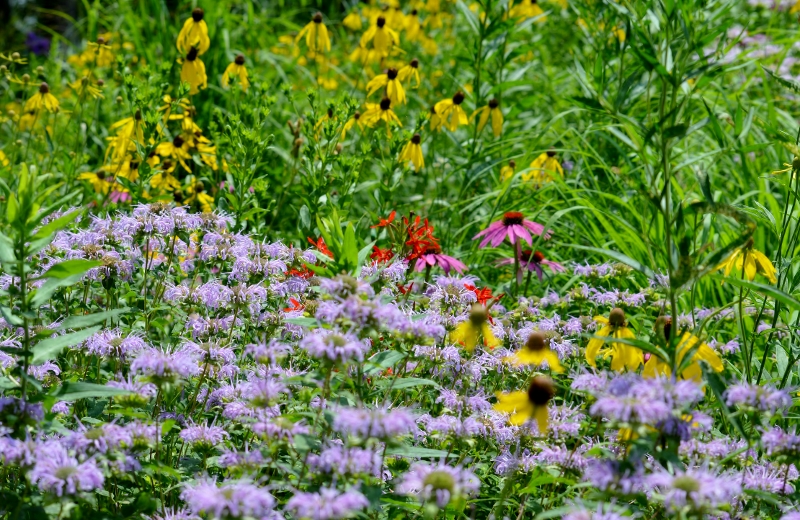This page has been reprinted with permission from Accent on Natural Landscaping.

Wisconsin has updated its Native Plant Nurseries listing this year and I wanted to share it with you. The list is compiled by the WDNR’s Natural Heritage Conservation Program and includes nurseries which primarily carry plant material native to Wisconsin and adjacent states and nurseries which carry native Midwestern, non-native, and/or wild-dug plants*. All out-of-state nurseries are within about 100 miles of Wisconsin.
The list can be found here at Wisconsin Native Plant Nurseries. I’m also happy to say that many of the nurseries listed are or have been Wild Ones business members.
*Wild Ones and I recommend when purchasing from any nursery you ask the source of their plants or seeds. Plants native to Wisconsin — or any state or location, for that matter — should be nursery-propagated from locally grown seed. Native plants/seeds from Northern Wisconsin, for example, would not be considered native in the Central Sands area of Wisconsin. Nor, as another example, would native plants/seeds from Illinois be considered native to Northern Minnesota.
Another watch-out is the source of wild-dug native plants. Again, make certain you find out the source of these plants. Purchasing native wild-dug plants, just like digging up wild native plants, is illegal without the permission of the land owner. And, sometimes even with permission, it is not recommended if digging these plants creates an adverse change to the ecosystem services of the habitat. See Wild Ones Local Ecotype Guidelines.
